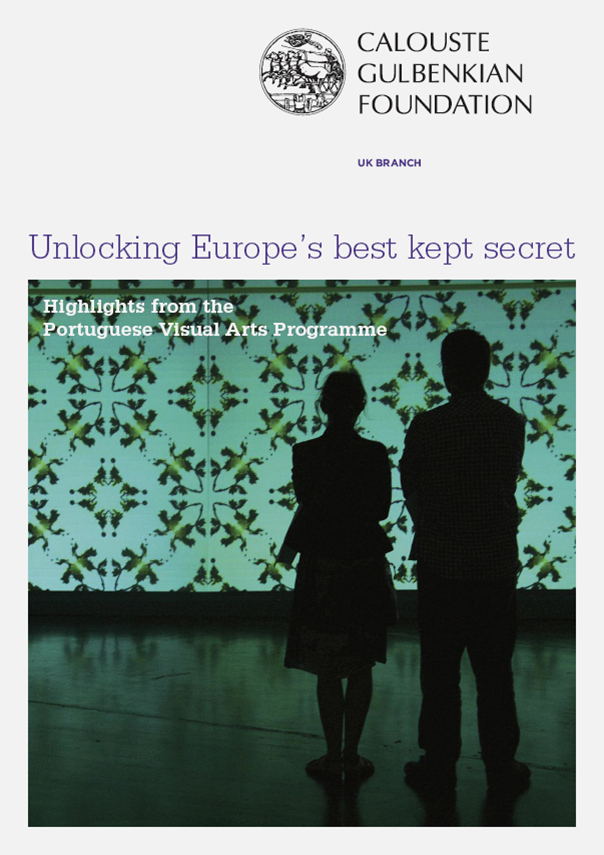Unlocking Europe’s best kept secret: Highlights from the Portuguese Visual Arts Programme

The richness and diversity of Portuguese art has been particularly under-represented in the UK. In 2009, the Calouste Gulbenkian Foundation UK Branch began a programme of work to promote contemporary Portuguese visual art and artists in the UK. The Portuguese Visual Arts Programme included:
– visits by UK curators to Portugal
– support for exhibitions in UK regional galleries
– residency programmes for Portuguese artists in the UK
– the creation of a Portuguese art research collection at the Tate
The programme’s short-term impact has been immediately visible: exhibitions were well attended and received strong regional and national press coverage. Longer-term benefits are also beginning to emerge. A growing group of influential and articulate curators now has a good working knowledge of Portugal, its contemporary art scene and artists. Networks of artists, professionals and arts organisations are developing within and between both countries. Demand for the work of Portuguese artists is increasing in the UK.
The art research collection – a specialised resource for arts students, professionals and the public deposited at the Tate Library and Archive – is raising the visibility of Portuguese art and artists in UK galleries, museums and academic works.
A number of projects were conceived and developed with impressive speed. Others will take time to reach fruition, but such deep-rootedness was the programme’s goal from the start. An important aim was for the work to be sustainable without continuous funding. The creation of strong networks between curators and artists, and among curators themselves, will have lasting results. In the long term, the Foundation hopes that this work will contribute to a better understanding of Portuguese culture in the UK.
